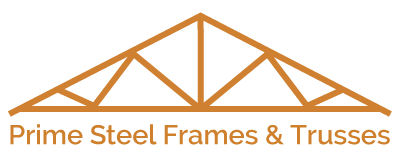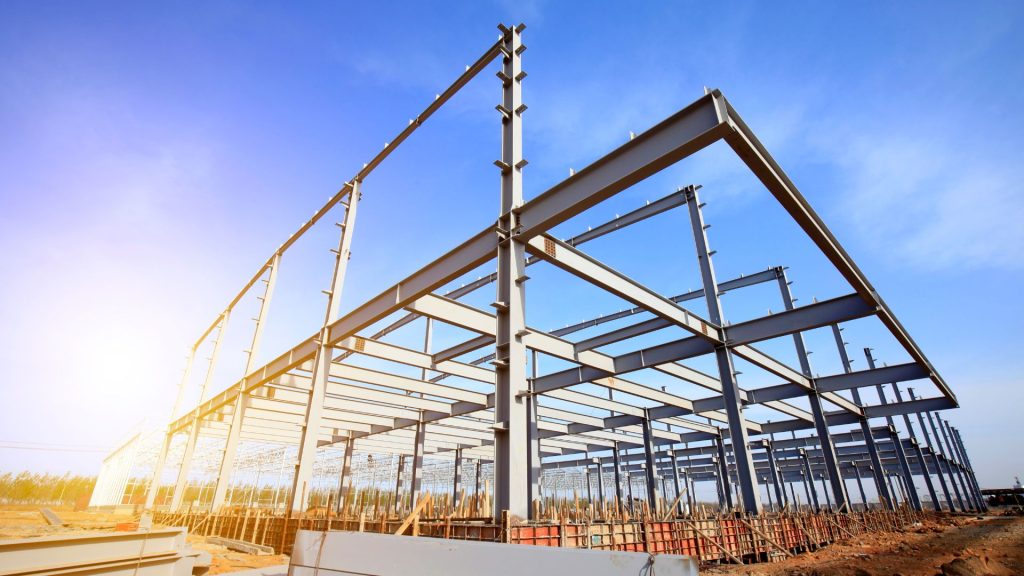In the ever-changing environment of Australian architecture, the use of strong and flexible materials is essential for creating structures that stand the test of time. One of the materials which has proved its worth is steel, especially as trusses for steel frames.
As engineers and architects continue to expand the limits of design, steel frame trusses are becoming essential in defining the skylines of Australian cities. This blog focuses on the various factors of designing using strength, with a focus on the benefits and application of steel frame trusses within Australian buildings.
The Evolution of Steel in Australian Architecture
In the past, Australia’s architecture was shaped by many factors, such as geography, climate, as well as the abundance of resources. As the country developed, the construction materials used have also developed. Steel gained prominence in the latter part of the 19th century, with the creation of famous structures such as Sydney Harbour Bridge.
Fast forward to today, steel is now the foundation of modern Australian architecture. Its versatility and capacity to span vast distances makes it a great option for a variety of structural elements, such as columns, beams and trusses. Of these, the steel frame trusses, they are a game changer in the design of buildings that emphasize strength, without sacrificing aesthetics.
The Determinants of Steel Frame Trusses
Trusses made of steel are structural elements comprised of steel pieces interconnected to form an angular framework. The triangular shape is crucial to the strength of the truss, it distributes loads effectively and evenly. The fundamental elements of the steel frame truss are top and bottom chords as well as web members. The bottom and top chords are horizontal members, whereas web members are connected diagonally forming the triangular structure that provides stability and strength.
Applications in various building types
Steel frame trusses are used in a variety of construction types across Australia. From homes for residential use to industrial facilities and commercial complexes, the flexibility of trusses made from steel is testimony to their engineering expertise. Let’s explore concrete examples of how steel frame trusses help to improve the structural strength and flexibility in design of various kinds of structures.
Residential Buildings
In residential construction, steel frame trusses have become the preferred choice due to their capacity to span large distances, which allows for open spaces and open-plan interiors. Both architects and homeowners are awed by the aesthetic possibilities steel trusses offer. The sleek and contemporary appearance of trusses made of steel can provide a touch industrial chic to modern homes, and their strength is a guarantee of the longevity of the building.
Commercial Structures
Commercial structures often require huge columns-free areas to accommodate different purposes. Steel frame trusses excel at satisfying these needs, providing the strength needed to support massive floors and roofs. From office buildings to shopping malls buildings, using steel trusses lets architects create spaces that are soaring and create a bold architectural statement.
Industrial Facilities
In industrial environments in which heavy equipment and machinery are used, the structural integrity of a structure is crucial. Steel frame trusses offer the solid framework required to support the weight of heavy loads and withstand the demands of industrial processes. The effectiveness of steel trusses in construction work is illustrated by their usage in factories, warehouses and logistics centers throughout Australia.
Architectural Flexibility and Design Flexibility
One of the main advantages of steel frame trusses is the flexibility in design they provide to architects. Steel’s inherent strength permits longer spans between support points which allows the creation of large open spaces. This flexibility lets architects think up new and exciting designs that may be difficult against other materials.
Capabilities for Large Spans
Steel frame trusses can attain incredible spans, without the requirement for support columns in addition, which makes them ideal for the creation of large wide spaces. This is particularly useful when designing auditoriums, halls for exhibitions and sports arenas, where clear views and clear spaces are crucial.
Architectural Aesthetics
Beyond their structural benefits, the steel frame trusses contribute to the aesthetic appeal of a building. Many architects opt to show steel trusses as part of their designs, making them an attractive focal point that provides an element of drama and elegance. The sleek lines and modern look of steel trusses are a perfect match for an array of architectural styles that range from minimalist to industrial.
Integration of Other Materials
Steel’s compatibility with other types of materials provides a variety of design possibilities. Architects can seamlessly incorporate steel frame trusses and other materials like wood, glass or concrete, resulting in visually stunning and aesthetically pleasing structures. This flexibility enhances the palette of architects, allowing the realization of a variety of designs.
Sustainability and Environmental Concerns
In a time when sustainability is a major concern in construction, the impact on the environment of building materials is a critical factor to take into account. Steel, which is recyclable, is in line with the sustainable design concepts. The possibility of recycling and reusing steel decreases the need for raw materials and reduces the carbon footprint of construction projects.
Recyclability
Steel is among the most recycled substances in the world with a high recycle rate that decreases the requirement for the production of virgin steel. This allows steel frame trusses to be an ecologically sustainable option for builders and architects seeking to reduce the negative impact of their construction projects on the environment.
Durability and longevity
The long-lasting and durable quality of steel frame trusses is a major factor in the sustainability of a structure. Steel is naturally resistant to decay, pests and deterioration, making sure that structures constructed using steel trusses last a long time. This makes it less necessary for frequent repairs and maintenance and further reduces the environmental impact over the course of time.
Energy Efficiency
Trusses made of steel can improve the efficiency of energy use in buildings by allowing them to work with insulation materials. Correctly insulated steel truss systems ensure constant indoor temperatures, which reduces the need for cooling and heating systems. This energy-efficient feature helps to improve the sustainability of buildings.
Conclusion
Designing with strength by making utilization of steel frame trusses is now an integral part of modern Australian architecture. The versatility, strength and attractiveness of steel trusses makes them an essential component of the wide variety of kinds of buildings that range from residential homes to industrial and commercial structures.
The design flexibility provided by steel frame trusses allows designers to explore the limits of imagination by creating iconic and durable structures that stand the years. While Australia continues to change and grow, the importance of steel in defining the architecture of the country.



